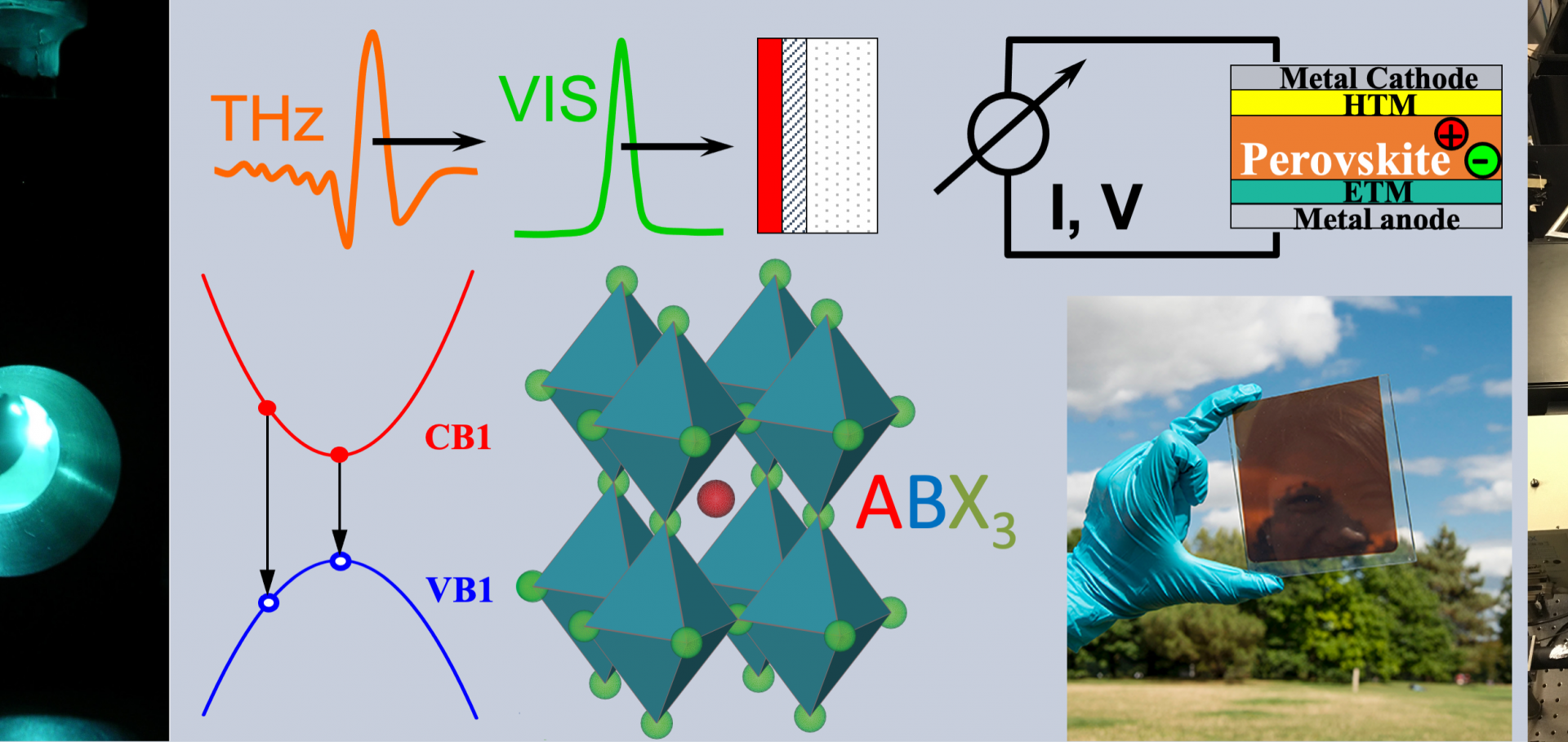Nanowire Sensors Facilitate Polarization Sensitive Terahertz Spectroscopy
Institute of Electrical and Electronics Engineers (IEEE) 00 (2022) 1-1
Probing charge transport in heterostructured phase-segregated hybrid perovskite semiconductors with terahertz radiation
Institute of Electrical and Electronics Engineers (IEEE) 00 (2022) 1-1
Bending a Photonic Wire into Ring
University of Oxford (2022)
Abstract:
A separate document (File details.pdf) with relevant details will be uploaded together with the data files.Excellent Long-Range Charge-Carrier Mobility in 2D Perovskites
University of Oxford (2022)
Abstract:
The data was acquired as described in the 'Methods' section of the work. To analyse the data, python codes were run and are attached as well.Polarization-resolved Terahertz Time-domain Spectroscopy Enabled by Nanowire Sensor Technology
Optica Publishing Group (2022) sm3c.5


